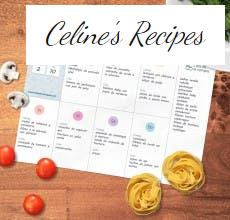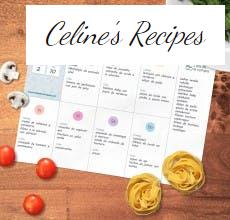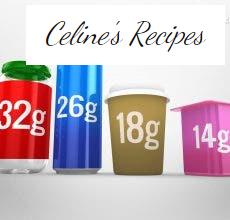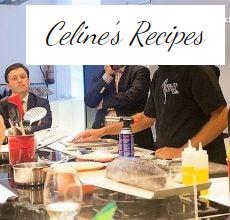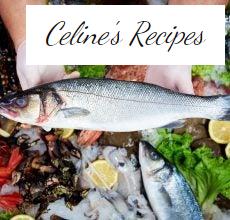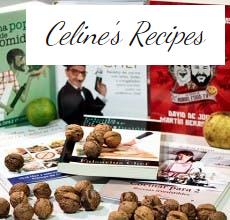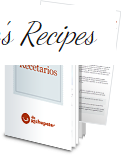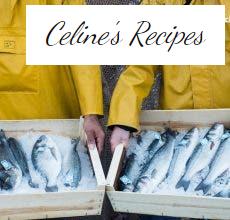If you’re going to batter, do it right: 10 mistakes you make when battering
If you don’t get foggy, breading is one thing, and battering is another! So then … whatever happens.
Basically both techniques consist of coating the food in such a way that the heat of the oil does not dry the products, penetrating in turn into them so that they are juicy , such as … the cachopo !
But nevertheless, when we talk about fish, we don’t really know how to give it that crunchy touch of fish and chips , since fish has a very different texture than meat.
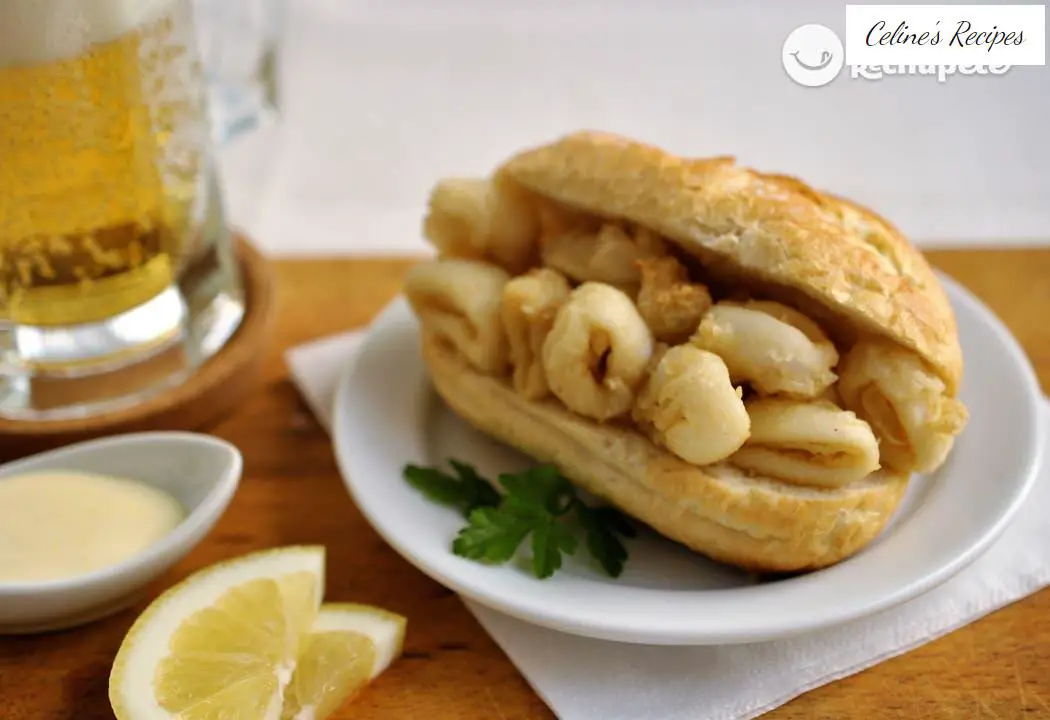
Also, tempura prawns are not the same as gabardine prawns or fried hake. Each requires its trickle of batter.
Here are a few tips to make sure your fish fry never becomes a fry.
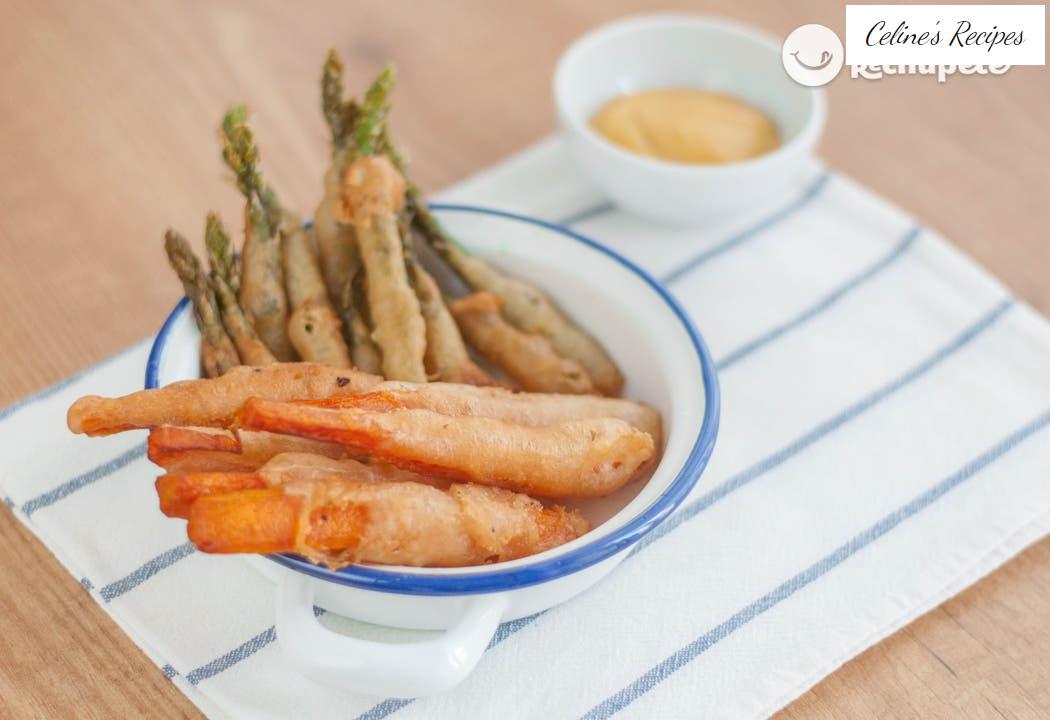
Where do I begin?
From the right oil to the temperature, the flour, the egg, how to avoid burning. Take a deep breath I’m telling you.
Egg yes or egg no
If you want an Andalusian “fried fish” batter, DO NOT add egg . Dispense with this ingredient here is basic.
What gives this fish that crisp touch is the absence of an egg . If there is an egg it is not crispy. That’s how it is.
You have to flour the small-sized fish like anchovies or mullet well and fry it in oil with little time at high temperature. That is the secret, which seems easy but it is not.
How do I coat large pieces of fish?
Why does it have to be big? Don’t put it all in the pan. You will complicate everything a lot and it will not go well for you. Cut the fish into small pieces or filetéalos with a fine cut before cooking.
One trick is to think about tempura. They will never put a (whole) sea bass in tempura. They are always small bites whatever the fish. Apply that to your stove and resolved matter.
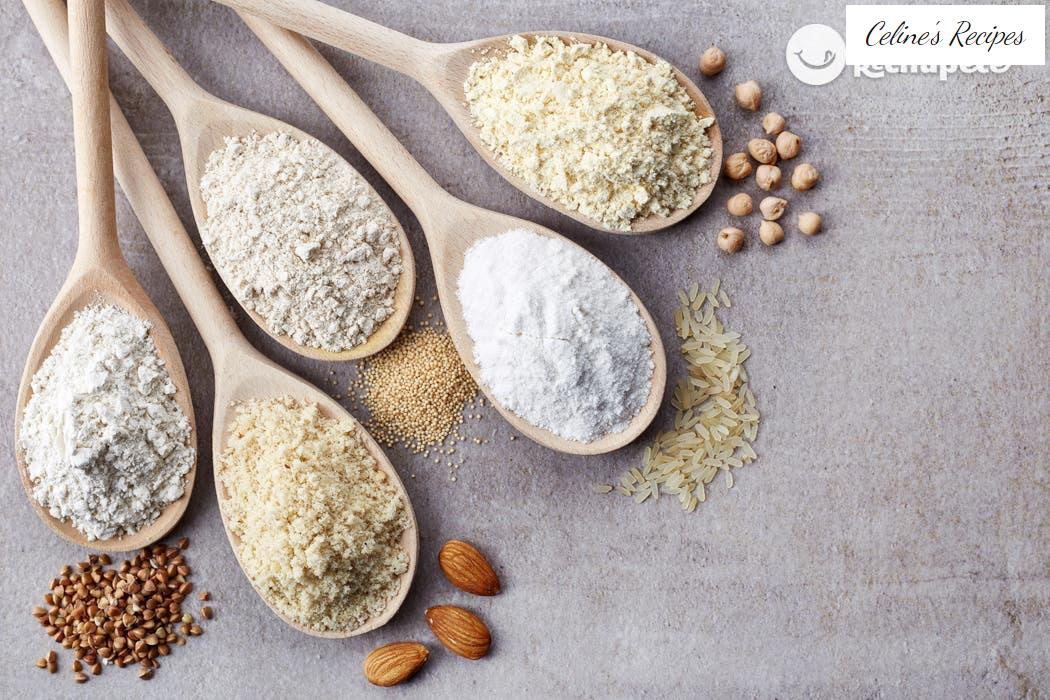
Flour without fear
You can do it with wheat flour , chickpea corn, tempura; whatever you want, but do it without fear.
Chickpea flour, for example, withstands high temperatures very well and is better digested than wheat flour.
Don’t fall short . Obviously there are times when you eat more flour than fish. It is not that either, but it is a question of balance. Before frying, the fish must be completely covered with a mountain of flour and we will press it gently by hand so that it adheres to it .
When we have it, we remove the remains and the pan. Creating that previous flour film is important since it makes the papillote effect, which will help it to be juicy and well cooked inside.
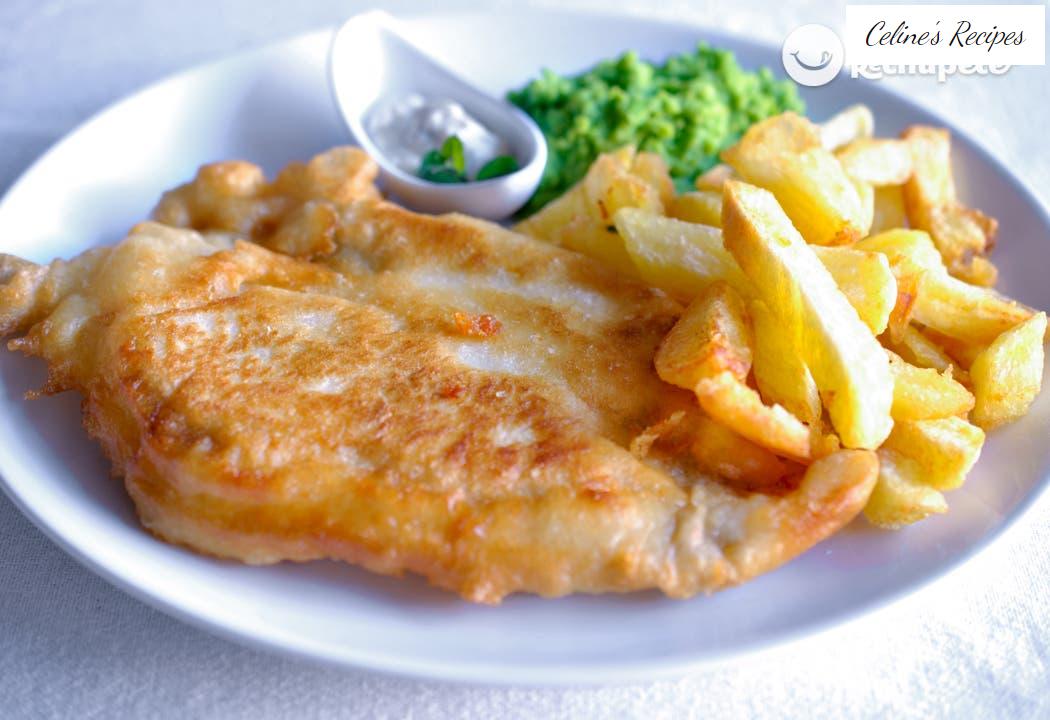
Don’t reinvent what already exists
That is, fish and chips is already fish and chips . It consists of pieces of battered fish and fried potatoes. There’s no more.
As you know it is typical in England and in Spain it became fashionable a few years ago and what is most consumed in this modality is cod .
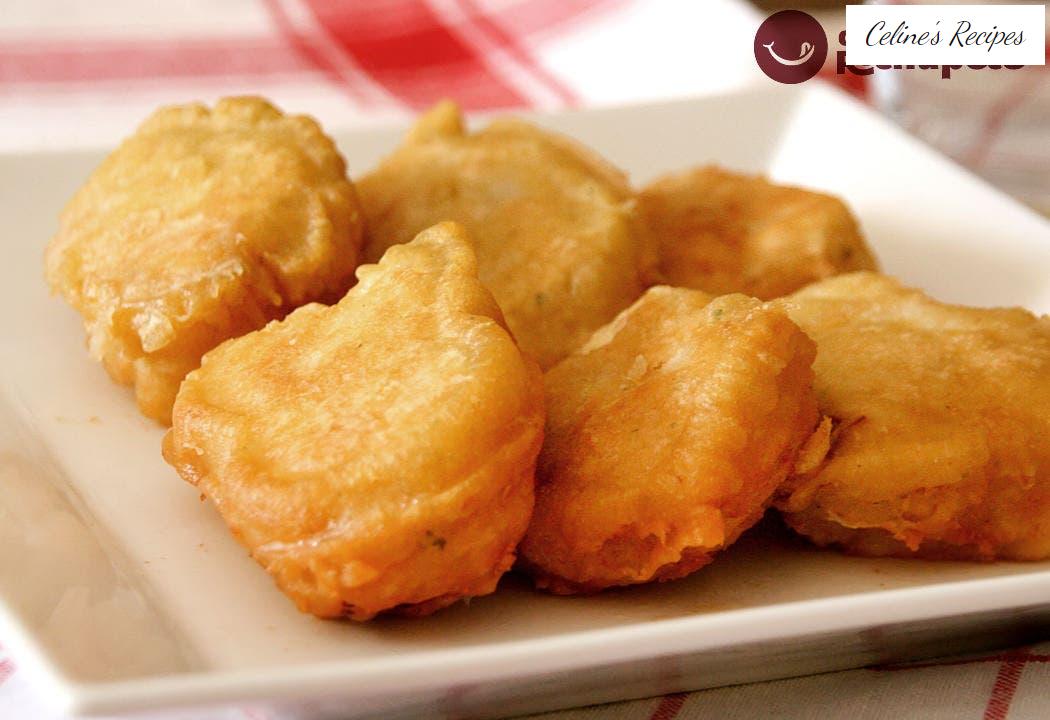
To do this at home you have to mix the flour with yeast and ice beer until it becomes a porridge.
You dry the fish well (well, well) and flour and coat it. Then fry them less than 5 minutes until golden brown and voila.
Each fish is a world
Just as cutting the pieces properly is very important, we cannot confuse cod with red mullet. Each one requires its exact frying.
In the fried fish we look for the crunchy point, in the other case we look for a thinner and tender batter, what we sometimes know as “Roman style”.
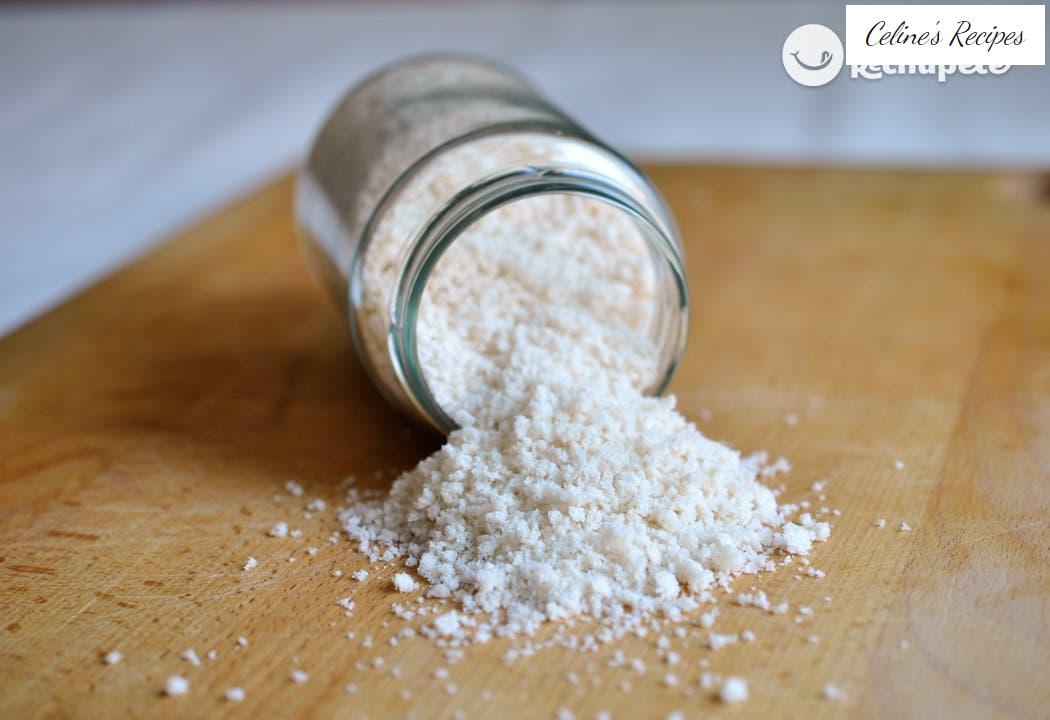
For this type of batter we will talk about panko , a Japanese breadcrumb with a fairly thick texture that makes the breading once fried last longer crisp since it absorbs less fat.
ALWAYS CLEAN oil
Ideally, the acidity should be 0.4, whether it is virgin or sunflower . Either is valid and neither is more optimal than the other. Everything will depend on whether you want the frying to have a more intense flavor.
It sounds like a truism, but it’s super important that the oil you use is completely clean .
If we reuse another oil, even if we have fried in the anchovies and we are going to fry the same fish again, we will completely change the flavor of the frying.
Take your time
Put the oil at a temperature between 180 and 210 degrees and fry the fish 30 seconds of minute.
If we are coating a piece of hake with egg , for example, the ideal is that the oil is not cold but also not excessively hot because this will prevent it from burning. When the oil has little bubbles rising to the surface, it is the perfect time to introduce the fish.
To consider
Moisture is the archenemy of frying, so you should not neglect it and you have to remove the excess fat with kitchen paper before serving.
I hope that from now on preparing fries does not fry your head very much and that it has not battered that you resist, never again!
Did you like it? Share it!
Share Tweet Pin it To print
Receive a weekly email with new recipes and yummy recommendations.
Think of Pixels SL as the owner of Recetasderechupete.com, it will use the data you provide in this form only to send you blog updates. We treat your data with respect. For more information see the Privacy Policy . You can change your mind at any time and unsubscribe by clicking on the footer of any email you receive from this website, or by contacting [email protected]. Yummy recipes use Mailchimp as a platform for sending emails. Mailchimp is covered by the EU-US Privacy Shield agreement, approved by the European Data Protection Committee. By submitting this form, you consent to your data being transferred to MailChimp for processing in accordance with its Privacy Policy .
If you liked this article you will like:
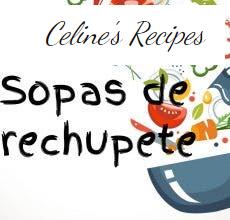
Our best soups and creams. Practice ‘souping’
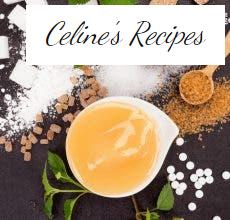
Sweeteners are evil. Or not?
